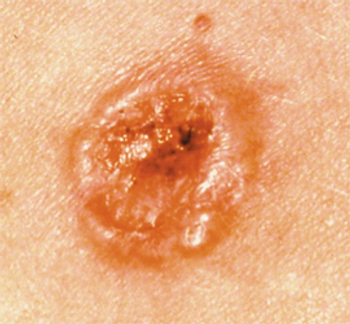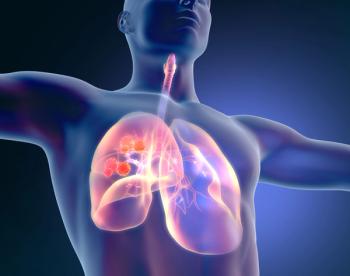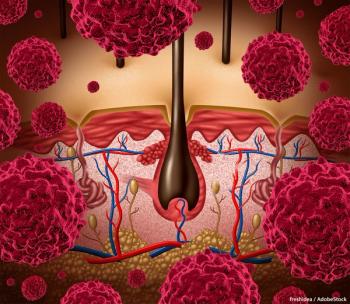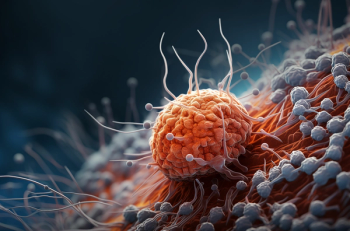
Oncology NEWS International
- Oncology NEWS International Vol 9 No 12
- Volume 9
- Issue 12
HLA Phenotype May Determine Efficacy of New Melanoma Vaccine
SEATTLE-Melanoma patients with specific human leukocyte antigen (HLA) phenotypes may respond better to an investigational therapeutic vaccine known as Melacine than those without the phenotype, Vernon Sondak, MD, reported for the Southwest Oncology Group (SWOG) at the Society of Biological Therapy annual meeting.
SEATTLEMelanoma patients with specific human leukocyte antigen (HLA) phenotypes may respond better to an investigational therapeutic vaccine known as Melacine than those without the phenotype, Vernon Sondak, MD, reported for the Southwest Oncology Group (SWOG) at the Society of Biological Therapy annual meeting.
Melacine, under development by Corixa Corporation (Seattle), consists of lysed cells from two human melanoma cell lines combined with Corixas proprietary Detox adjuvant. Detox adjuvant includes monophosphoryl lipid A and mycobacterial cell wall skeleton, both of which activate the human immune system in the context of vaccination.
Dr. Sondak previously reported results of the phase III trial of 689 stage II melanoma patients randomized to adjuvant immunotherapy with Melacine or observation following surgical excision of their primary tumor.
Although analysis of the eligible population (600 patients) showed no significant difference in disease-free survival between the two groups, intent-to-treat analysis showed significantly longer disease-free survival for patients treated with Melacine (P = .04). The vaccine was particularly beneficial in patients with thinner tumors (less than 3 mm), he said.
Expression of five HLA genes (HLA-A2, A28, B44, B45, and C3) was determined in 80% of the 689 study patients, he said. The new analysis found that disease-free survival was significantly better in vaccinated patients who expressed two or more of the five prospectively defined HLA alleles (P = .0001), compared with patients with the same HLA phenotype who were not vaccinated after surgery.
The effect was predominantly related to expression of HLA-A2, which was found in 46% of the study population, and HLA-C3 (29%). The investigators speculate that certain HLA alleles may be critical to the binding and presentation of melanoma antigens in the vaccine.
Articles in this issue
about 25 years ago
Radiation Therapy After Mastectomy: Mistaken Assumptionsabout 25 years ago
Use Caution in Retinoid Chemoprevention Trialsabout 25 years ago
Antifolate + Platinum in Advanced NSCLCabout 25 years ago
Colorectal Cancer Screening Working, But Challenges Remain Remainabout 25 years ago
Faces Pain Scale Useful in Evaluating Pain in Younger Childrenabout 25 years ago
NIH Funds Two New CAM Cancer Therapy Research Centersabout 25 years ago
Most Cancer Patients Say They Are Unaware of Clinical Trials Surveyabout 25 years ago
Vessel Sealing Tool Effective in Laparoscopic Colon Surgeryabout 25 years ago
Use of EPA Improves Cachexia in Patients With Pancreatic CancerNewsletter
Stay up to date on recent advances in the multidisciplinary approach to cancer.
































































































